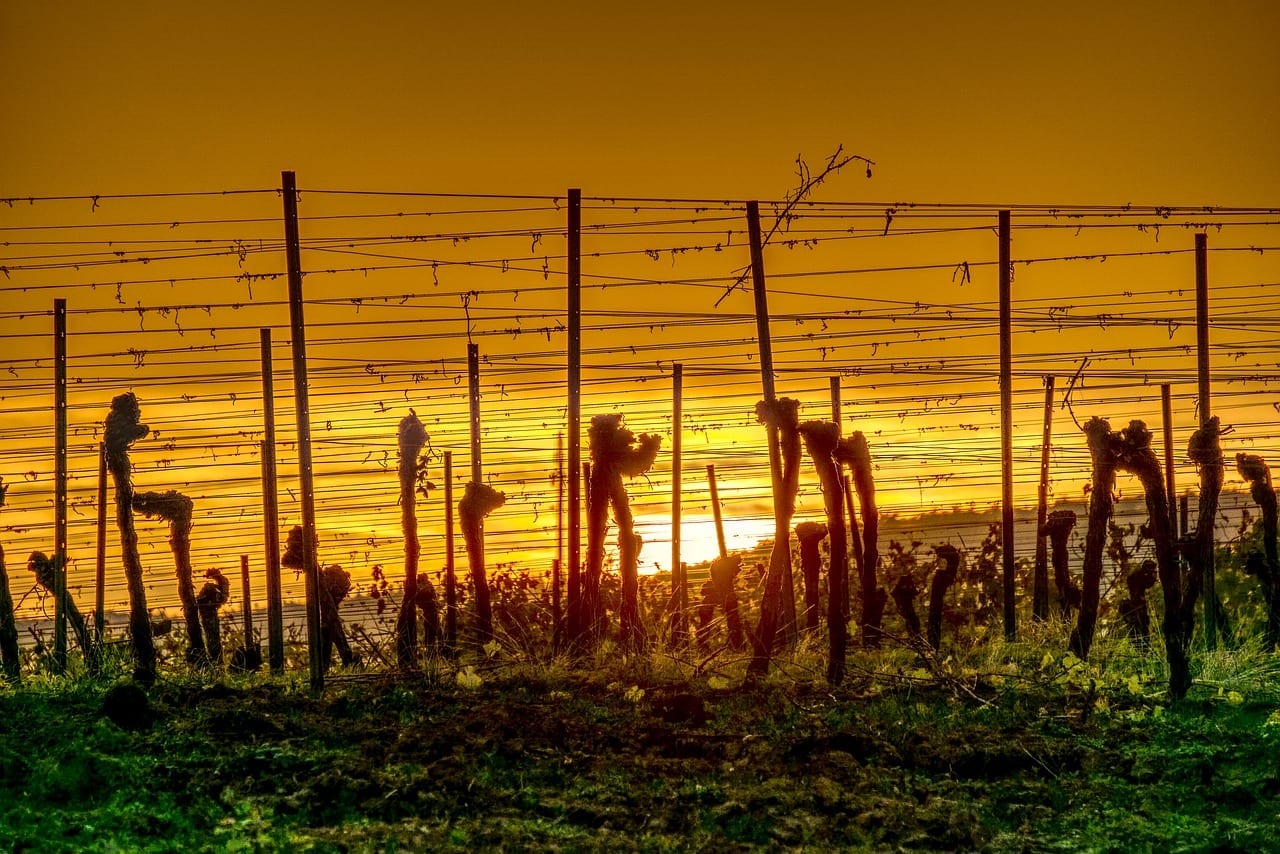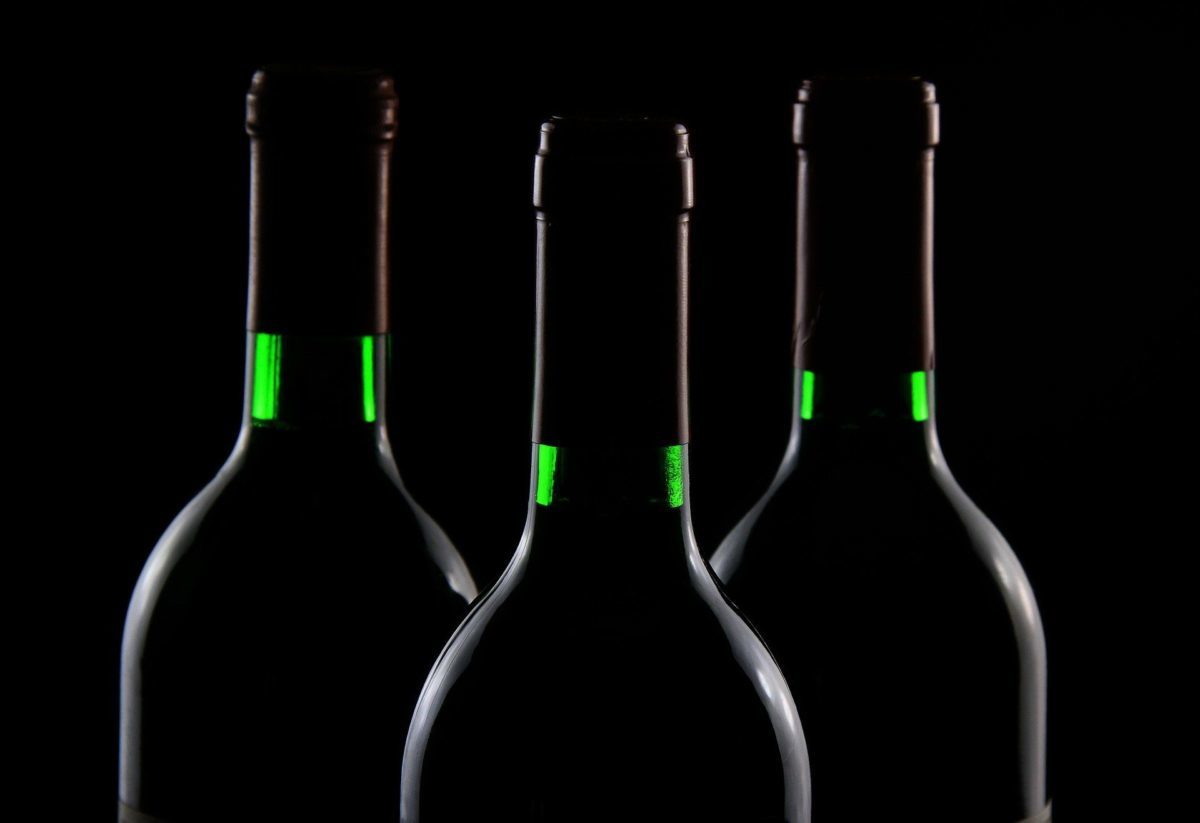El global warming continues to offer a lot of raw material for scientific research and within universities, while its effects are increasingly worrying. There is a sector, the winery, which also does not escape those negative consequences that could lead to the occurrence of less wine for climate change. Because the reduction of the surface suitable for the cultivation of Vineyards worldwide it will be very important, as several studies have already pointed out. In this article we want to collect data from one of the most recent to analyze a phenomenon that can leave million hectares useless fields. Attentive!
The higher the temperature, the lower the hope
The University of Alcalá (UAH), the investigator Ignacio Morales-Castilla wanted to see how the increase in global temperature of the planet would affect the areas of viticulture. The results are Alarming, since it has concluded in this latest study that an increase in 2ºC would reduce up to a 56% regions suitable for growing vineyards. But even the matter takes on a larger scale if that rise in degrees on Earth reaches up to 4ºC, an extreme level that would cause a disappearance of 85% of wine territories. Therefore, it is clear that the higher the temperature, the less hope for farmers.
The aforementioned investigation has been echoed by the prestigious magazine 'Proceedings of the National Academy of Sciences' (PNAS), which has recently published these worrying results. The truth is that the study started in the Biomedical Engineering faculty at Harvard University, where its author was working with a collaborative team from multiple disciplines. This has been communicated by the UAH. Although what is relevant of all is how this research work has been developed and why the given conclusion has been reached.
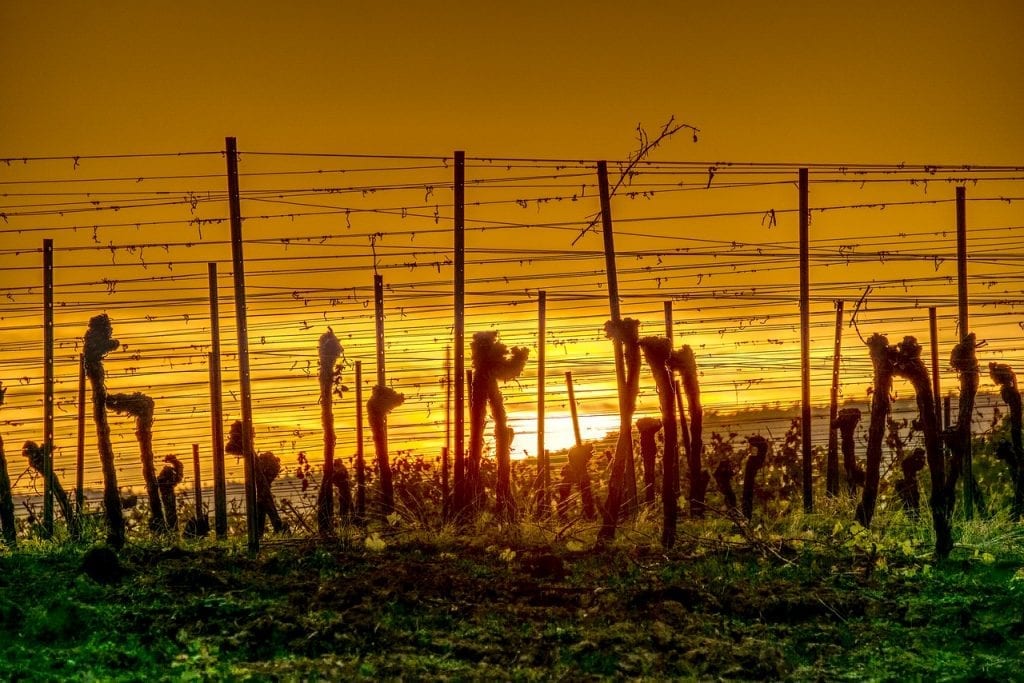
Fewer wines due to climate change, why?
In this specific case, the work of Morales-Castilla has focused on a key aspect related to climate adaptation of up to 11 varieties vine. Those that are spread all over the globe. We are talking about Cabernet-Sauvignon, Chardonnay, Garnacha, Merlot, Monastrell, Pinot Noir, Riesling, Sauvignon Blanc, Syrah, Ugni Blanc and Chasselas. Most of these should be played here at Spain and Europe, as they are usually cultivated. Now, what the author of the study has analyzed more specifically is the phenology, that is, the moment in which the important phases of the development of the vineyard.
So, the agricultural records of each of these varieties mentioned, in terms of their phenologies, to create an informational model. The one that has given data on when the budding, flowering and ripening in the vines, in every wine region on the planet. But, of course, always under three possible warming scenarios, from the 0ºC to 4ºC. Thus it has been possible to determine how there could be less wine for climate change. Because the next step has been to project those temperatures to see where they would be sustainable those varieties in the future. Red and bottled.
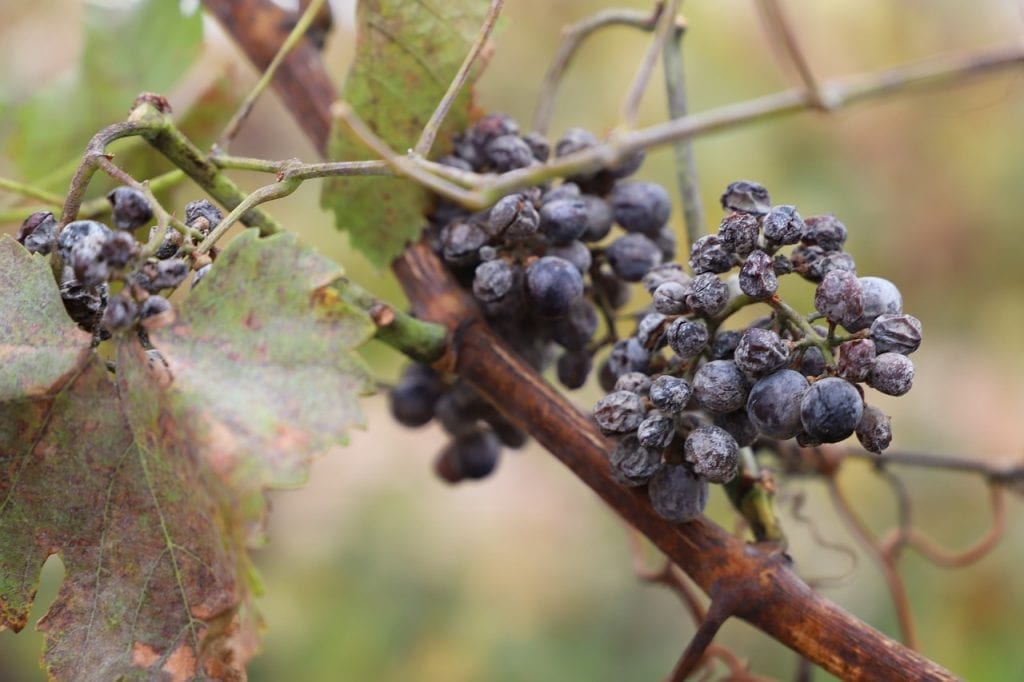
Diversity and adaptability
In addition to what has already been explained, another important point that the team of Morales-Castilla has been the use of the great diversity of vines all over the world. This fact could help to better adapt to the climate within viticulture. It is evident that these two scenarios of temperature increase would be accompanied by changes in the weather conditions. Something that, inevitably, the vineyard would experience during its development. In this context, the different maturation process would affect the quality of the wines, causing an inevitable loss of perfect lands for cultivation. But what solutions could be applied in that situation?
There is no remedy, but there is relief
Researchers have found in "The replacement of varieties" one of the most beneficial alternatives to the problem of fewer wines due to climate change. Without there being a total cure-all in the event of reaching these harmful limits for the sector, yes "losses would be significantly reduced" with this measure. This is how he pointed it out Morales-Castilla, forecasting a percentage of the 24% instead of 56% of areas not suitable for cultivation. This, with the rise of 2°C, we remember.
Therefore, only if that solution of replacing with others were implemented varieties best suited to the new climate a very serious problem could be alleviated. «Warmer regions like Italy, Spain or Australia they face greater losses if measures are not taken, “warned the author of the study. In spite of this, this would be an insufficient measure for the supposed case of a temperature increase of 4ºC. If this extreme is reached, only a third of the wine-producing territory could be saved.
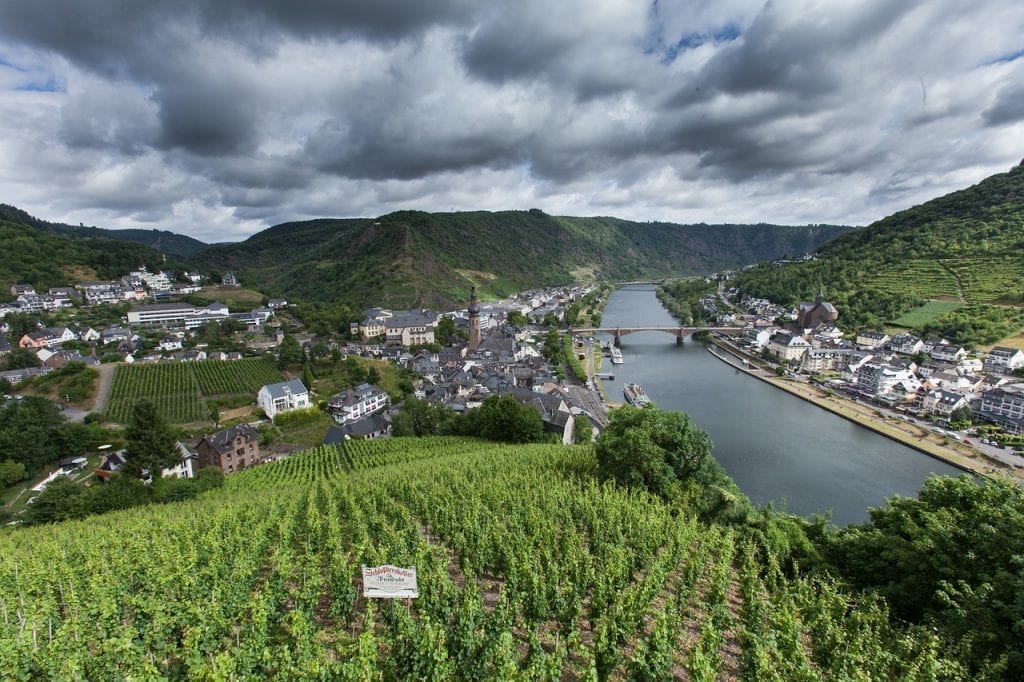
In conclusion, it is convenient to stop global warming that would cause serious damage in the countryside. Not only in that they have fewer wines due to climate change, but because of the consequences on other agricultural products. Although the replacement proposal is positive also for other crops, it would not stop being a relief. It is better to prevent now because curing later could be a task impossible.


